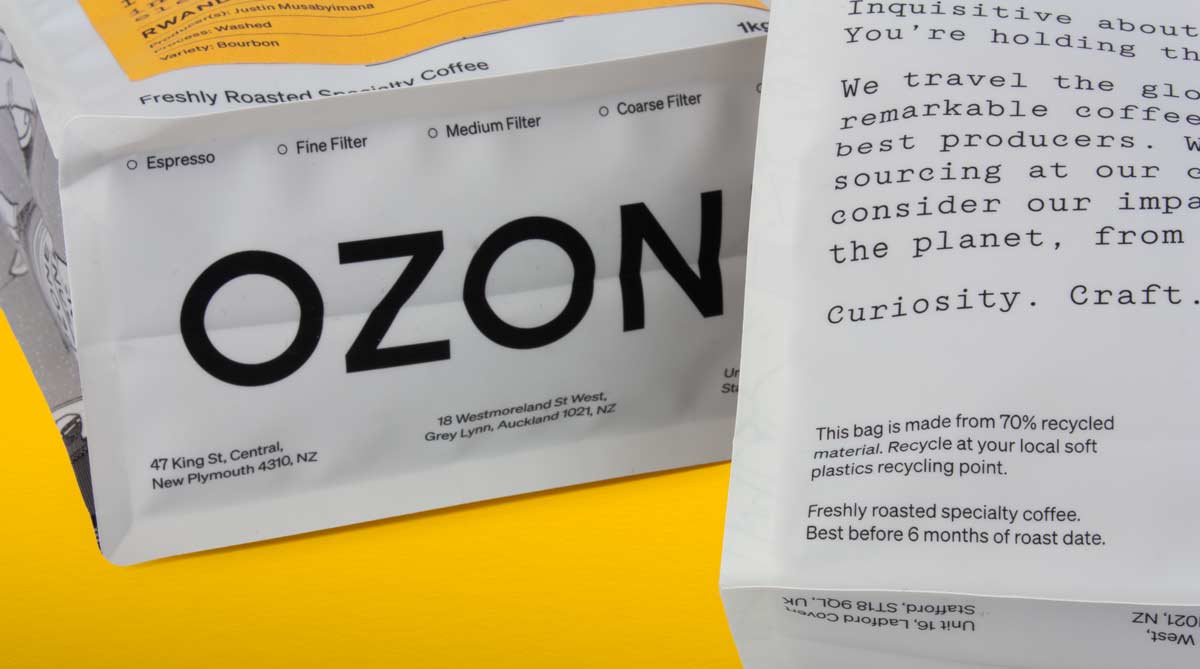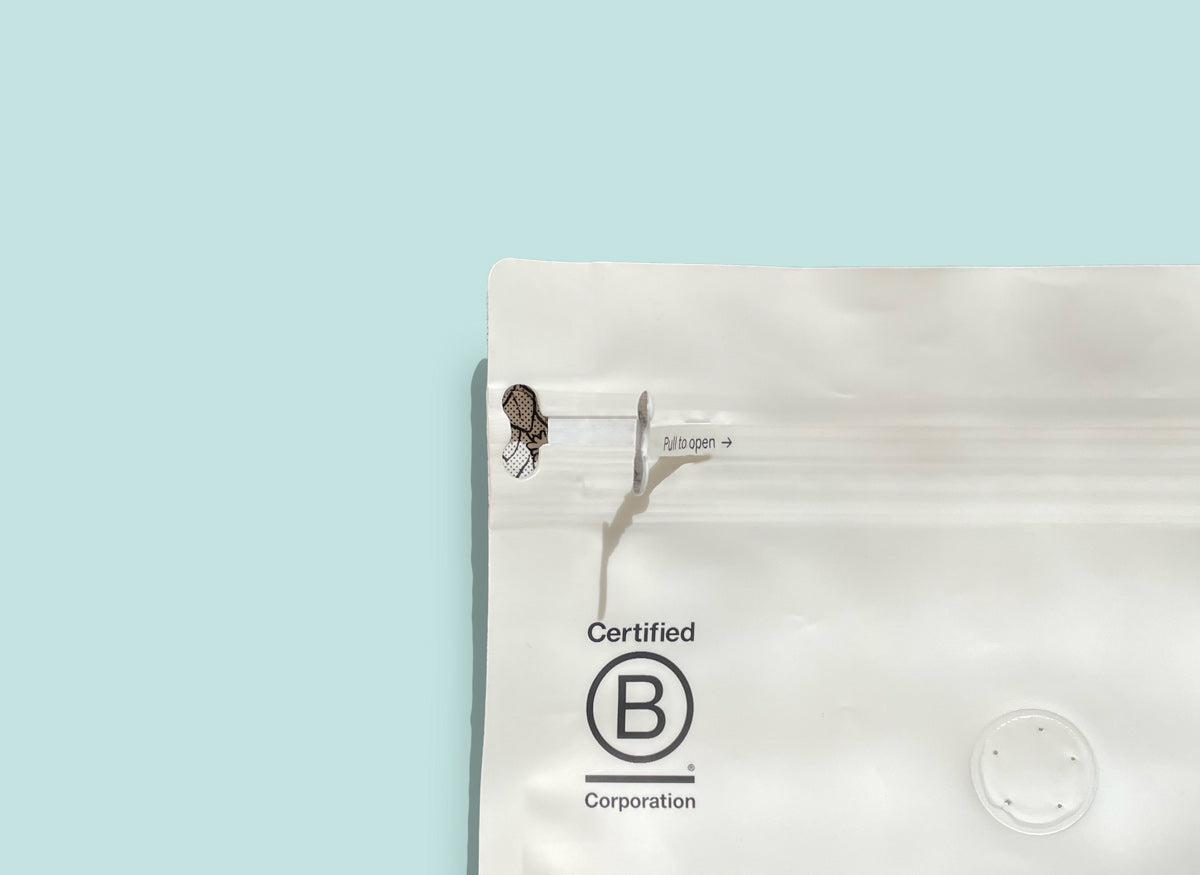
From the end of June, we're switching to a new type of 220g bag. We know we once said compostable was the future- and we meant it. But the future keeps evolving, and so must we.
The reality about compostable packaging
When we first chose compostable packaging, we did so with the best of intentions. Like many others in our industry, we believed that if packaging was going to exist, it should tread as lightly on the planet as possible. At the time, compostables seemed like a promising step forward - and based on what we knew, they were.
But over time, there has been more research, the landscape has changed, and so has our understanding. While the idea behind compostable materials is still a good one in principle, the reality of how they perform in the real world has proven more complicated.
Compostable packaging typically needs access to industrial composting facilities to break down properly, something that remains still out of reach for most UK households. Despite the name, these materials don’t reliably break down in home compost bins, and in many cases, they behave more like traditional plastics when sent to landfill. In some instances, they can even leave behind microplastics. Also, producing compostable materials often requires more energy and water than manufacturing packaging from recycled plastic. This means that if compostables aren’t disposed of correctly - which is often the case - their environmental footprint can actually be larger.
Lastly, there’s the matter of quality. We’ve found that compostable bags haven’t kept our coffee as fresh as we’d like, and preserving that freshness is essential to us. So, while compostables were a well-intentioned choice, we now believe a recyclable solution that is made from 70% waste-made plastics, is the best path forward. Our goal remains the same: reduce our impact on the planet. We're just learning better ways to do it, and will continue to always look for the best solutions to do this

Our new packaging
Our new packaging is made from 70% post-consumer recycled (PCR) low density polyethylene (LDPE) plastic sourced from Grounded Packaging’s food-safe ‘Wastemade’ material. PCR LDPE comes from used plastic bags and film that are collected, cleaned, and reprocessed into new packaging - diverting waste from landfill and reducing the need for virgin plastic.
Using PCR LDPE cuts carbon emissions and supports a circular economy. That recycled content could rise to 85% in future - one of the highest levels available for food-grade packaging.
The UK government is also investing heavily in soft plastic recycling, with initiatives like the £60 million Smart Sustainable Plastic Packaging Challenge and new nationwide kerbside collection plans. These efforts are expanding recycling infrastructure and making it easier to give plastic waste a second life.

This switch helps us balance performance and sustainability:
Better protection - Coffee is sensitive. Oxygen, moisture, and light can all degrade its quality and flavour. Our new packaging includes a high-barrier layer that keeps your coffee fresher for longer.
Greater durability - It holds up better during storage, shipping, and daily use, meaning fewer damaged bags, less product loss, and a better experience all around. Plus now your bags purchased online can stand up by themselves.
Lower environmental impact - can reduce carbon emissions by up to 40–60% compared to virgin plastic and many compostable alternatives, depending on the lifecycle and disposal method.
Crucially, it’s a mono-material, meaning it can be recycled in the UK’s growing #4 soft plastics stream – now accepted at many supermarkets (in the big container you already take your crisp packets and bread bags to!), with more infrastructure on the way.
Looking at the bigger picture
This change is about more than a better bag, it’s about building a circular system. By using recycled materials and designing for recyclability, we reduce dependence on virgin plastic and keep valuable resources in use.
As a Certified B Corp, we’re committed to reviewing and improving our impact. Back when we adopted compostable bags, recycled food packaging wasn’t viable. Now, the materials and infrastructure have evolved — and so have we. We’re not alone in this transition; many specialty roasters are moving in the same direction, and we’ve learned a lot from our peers.
Sustainability isn’t static. When better options emerge, we act.

How to recycle your bags
Once your bag is empty, take it to your local soft plastics collection point - many supermarkets now accept them, and the number is growing. You can find your nearest soft plastics recycling point here.
If you are a wholesale customer, we recommend contacting First Mile, who can arrange ad-hoc collections whenever you need them.
We’ll keep doing our part to push for better - in our coffee, our community, and our care for the planet. Thanks for being on the journey with us.

